Planting saffron in Ardebil
According to the correspondent of the Ardebil Reporters Club, saffron is used as a food flavor and for textile dye in developing countries and used by industrialists. In traditional medicine, saffron is used as a dwelling, spoilage, sexual stimulant and mosaic.
The history of saffron planting in Iran (especially saffron ghaenat) dates back more than 3000 years ago. It is a colorful and precious plant of many years, without legs and onions, and it is known for its red gold or the desert gold as it falls on the desert.
Increased cultivation of saffron in Ardebil
The head of the Jihad-e-Agriculture Organization of Ardebil province said that the cultivation area of saffron in the province increased, adding that the cultivated area will increase to 50 hectares this year.
He emphasized the low water requirement of saffron, high employment and ease of cultivation and adaptation to the conditions of the region due to the reasons for the development of the project in the province and added: Currently, cultivation development operations in the cities of Ardebil, Khalkhal, Meshgin, Shahrvarim, Have been started, and it is anticipated that due to the welcome of farmers in the agricultural sector, we will witness the development of this agriculture in the province.
According to the survey, it is expected that 1.5 kilograms of agricultural product will be produced per hectare. According to the tests conducted, the quality of Saffron produced by Ardebil is ranked first and second in terms of the value of Saffron.
The product of saffron is considered a low-water plant that can be processed and produced in sandy and clay soils and, most importantly, economically viable in terms of its high economic value.
Hassan Beynehah, a researcher at the Department of Agriculture at Ardebil Azad University, said: Saffron cultivation research and experiments have been positive in the research field of Azad University, and this valuable product has a good performance and can be developed in the form of rural women’s cooperatives, which itself needs support. .
Self-sufficiency of women farmers in Ardebil, Ardebil province in saffron cultivation
Advisor to the Director of Jihad-e-Agriculture Organization for Women’s Affairs said: “Saffron production and cultivation studies started 10 years ago, and the women farmers of Ardebil province have been cultivating this product self-sufficiency.
Ashraf Aghabareti added: “The Saffron cultivation study project started 10 years ago, and the operation and exploitation of this industry in Ardebil province began in the year 87, and many progress has been made with the participation of various agricultural Jihad units.
He said the production of Saffron in Ardebil province could compete with other provinces and added: “Zaghfran produced in Ardebil province in terms of quality, color and taste is competitive with saffron in Khorasan province.
Standard Office’s preparation for issuing standard badges to farmers
Director General of Standard and Industrial Research of Ardebil province said: Saffron exporters do not go to Ardebil to get the standard badge, while the Bureau of Standard and Industrial Research is ready to cooperate closely to get the standard mark of export of saffron from Ardebil.
Alaai said that saffron exporters would not be in a bad standard if they got the first brand, adding that the standard office is prepared to help saffron exporters to sign up for a primary brand.
It is hoped that we can use the valuable resources of Ardabil province and the land suitable for cultivating this product by creating patterned and research fields, and estimating the exact economic justification and solving the problem of purchasing and harvesting onion or saffron from the country’s important production area (Khorasan province).
source: yjc /ir
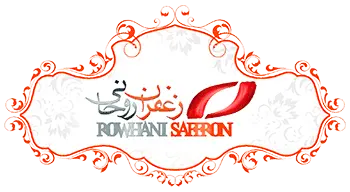
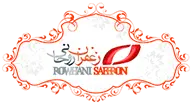
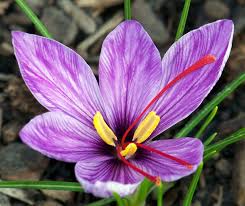
![Exporting Saffron to Turkey + Price Guide [Complete 0 to 100]](https://www.rowhanisaffron.com/wp-content/uploads/f1-372-500x383.jpg)
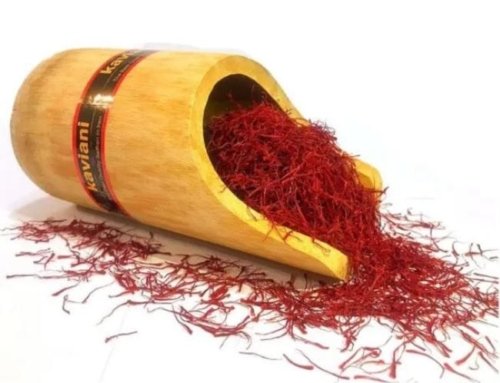
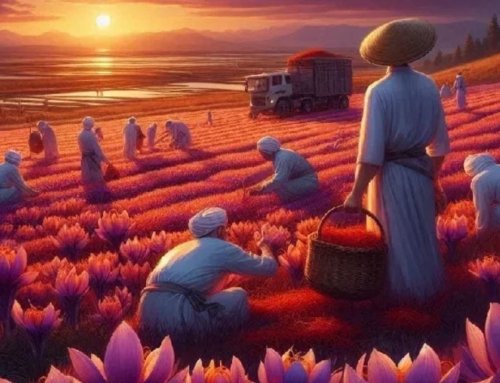
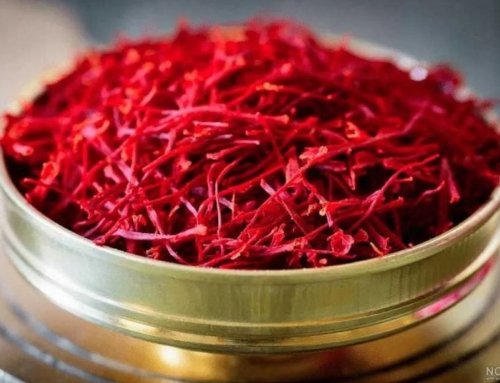
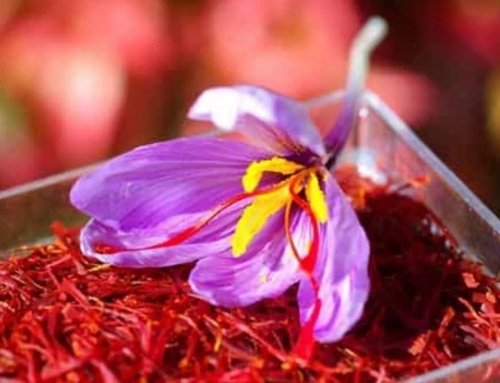
Get Social